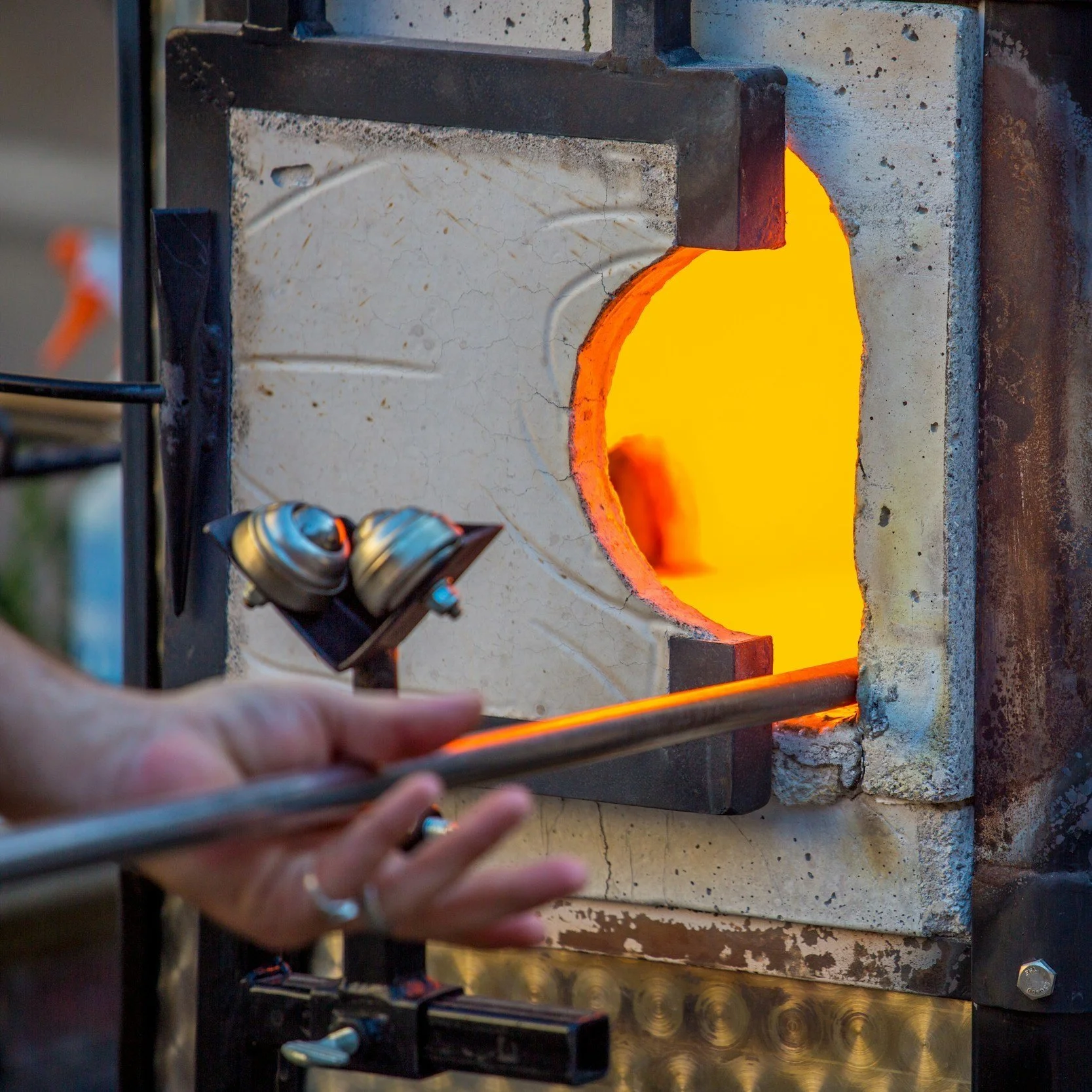Signs a Furnace Needs Replacement
Recognizing the signs that a furnace needs replacement can prevent unexpected breakdowns and costly repairs.
A furnace is essential for maintaining comfort during colder months, especially in regions like San Antonio, where temperatures vary significantly. While routine maintenance can prolong the life of a furnace, replacement becomes inevitable. Recognizing the signs that a furnace needs replacement can prevent unexpected breakdowns and costly repairs.
Age of the Furnace
The age of a furnace is one of the primary indicators of its remaining lifespan. Most furnaces have an expected lifespan of 15 to 20 years. As a furnace approaches or exceeds this age range, it becomes more susceptible to breakdowns and inefficiency. An older furnace may still function but no longer operate optimally, leading to higher energy bills and inconsistent heating.
Increased Energy Bills
A noticeable increase in energy bills often indicates that a furnace is no longer operating efficiently. As furnaces age, they lose efficiency and require more energy to produce the same heat level. If energy bills have steadily increased without a corresponding increase in energy usage, the furnace may be the culprit. Replacing an old, inefficient furnace with a modern, energy-efficient model can save monthly energy bills.
Frequent Repairs
If a furnace requires frequent repairs, it may be more cost-effective to replace it rather than continue investing in repairs. While minor repairs are expected over a furnace's life, repeated issues and the need for major components to be replaced are indicators that the furnace is nearing the end of its useful life.
Inconsistent Heating
Inconsistent heating throughout the home is another sign that a furnace may need replacement. If some rooms are too hot while others remain cold, or if the furnace struggles to hold a consistent temperature, it may be a sign that the furnace can no longer distribute heat evenly. This issue affects comfort and indicates that the furnace works harder than necessary, increasing wear.
Strange Noises
Unusual noises coming from a furnace can be a sign of serious underlying issues. While some noises may be attributed to minor problems, such as loose components, persistent or loud noises like banging, rattling, or squealing often indicate more significant issues. These noises can indicate that the furnace is struggling to function correctly and may be on the verge of a significant breakdown. When strange noises become frequent, consulting with heating professionals to assess the condition of the furnace is recommended.
Yellow Burner Flame
A yellow burner flame, instead of a blue one, can signify a severe safety issue. A yellow flame may indicate that the furnace produces carbon monoxide, a dangerous and potentially deadly gas. While the presence of a yellow flame does not always mean carbon monoxide is present; it is a warning sign that should not be ignored. In such cases, immediate attention from heating professionals is crucial to determine the cause and whether a furnace replacement is necessary to maintain safety.
Excessive Dust and Soot
If dust and soot accumulate around the furnace or throughout the home, it may be a sign that the furnace is malfunctioning. A furnace that can no longer filter air effectively can lead to poor indoor air quality and potential health issues for occupants. Excessive dust and soot can also indicate that the furnace is burning fuel inefficiently, leading to wasted energy and higher heating costs. Replacing an inefficient furnace with a new model can improve indoor air quality and lessen the accumulation of dust and soot.
Short Cycling
Short cycling occurs when a furnace turns on and off frequently without completing an entire heating cycle. Various factors, including an oversized furnace, thermostat issues, or mechanical problems, can cause this issue. Short cycling leads to inconsistent heating and increases wear on the furnace, reducing its lifespan. If short cycling becomes a persistent issue, it may be time to consult heating professionals to determine if a replacement is necessary.
Difficulty Starting the Furnace
Difficulty starting or keeping the furnace running is another sign that it needs replacement. If the furnace requires multiple attempts to start or frequently shuts off, it could be due to worn-out components or electrical issues. These problems often become more common as the furnace ages and can lead to complete failure if not addressed. Replacing a furnace that struggles to start can prevent unexpected breakdowns and provide reliable heating when needed.
Recognizing the signs that a furnace needs replacement can help avoid the inconvenience of a sudden breakdown and the significant costs associated with emergency repairs. Addressing these issues with the help of heating professionals in San Antonio can ensure that a home remains comfortable.
If you need experienced and trained technicians for furnace installation, furnace maintenance, furnace replacement, and furnace repair, contact Above and Beyond Air Conditioning & Heating at (210)794-9895. Emergency services are available 24/7.

